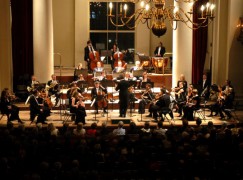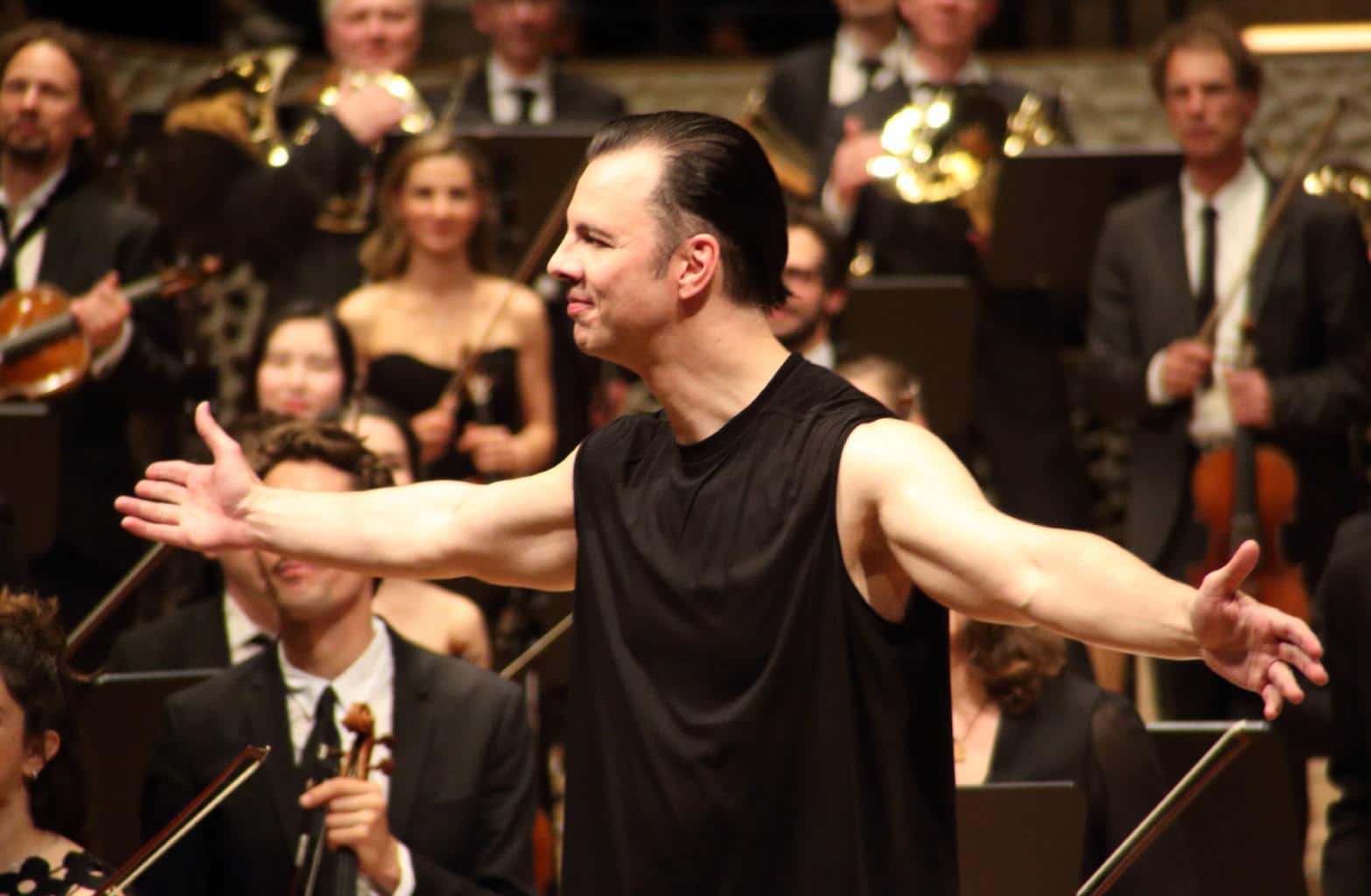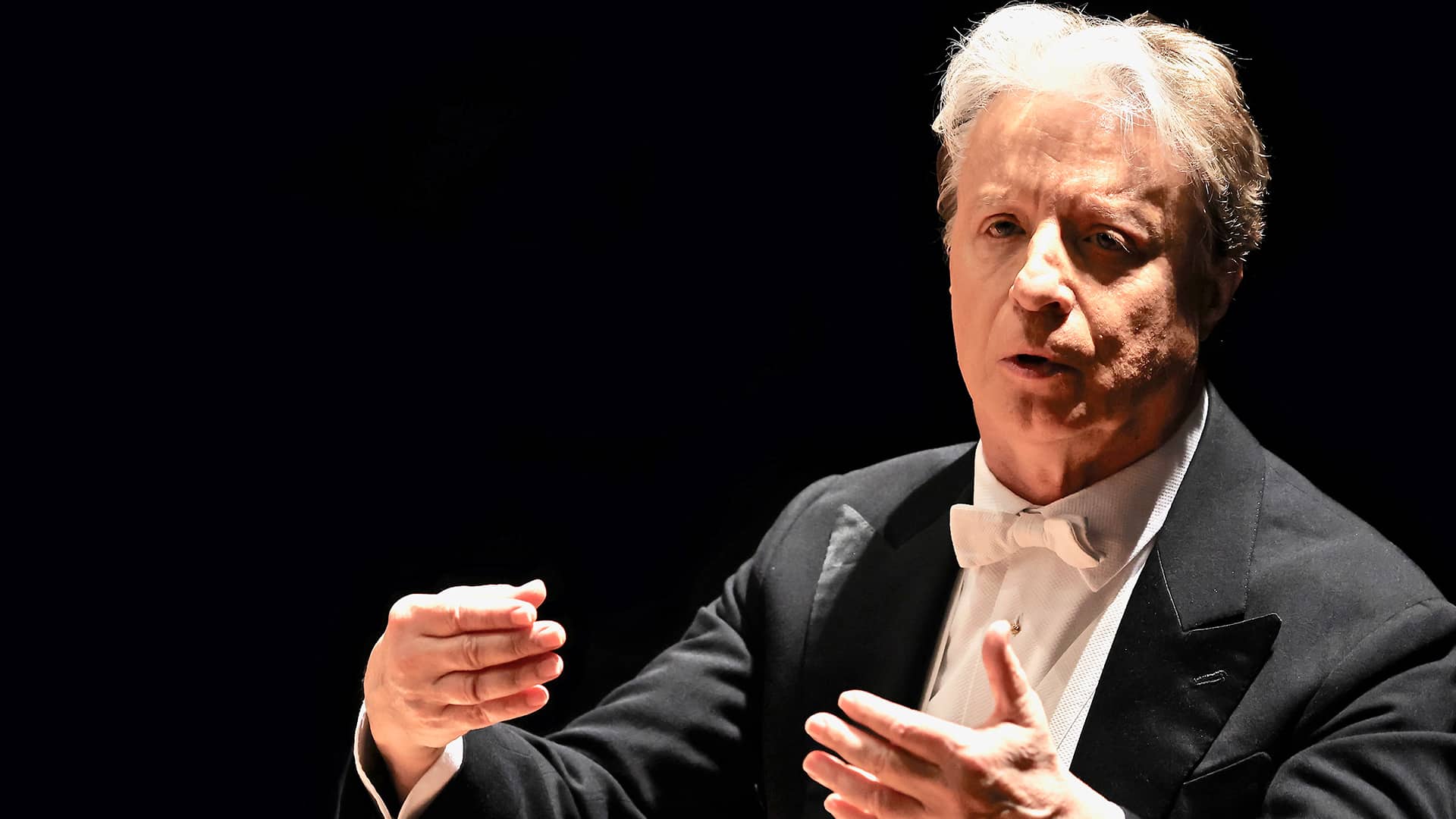Music industry still ‘hideously white’?
mainA survey by the Department of Culture, Media and Sport shows that only 6.7 percent of jobs in the Music, Performing and Visual Arts Industries are held by people of on-white origin.
According to the 2011 Census, around 11 percent of the UK population are non-white. The gap appears to be closing, slowly.
Orchestras, as ever, slower than most.






Comments